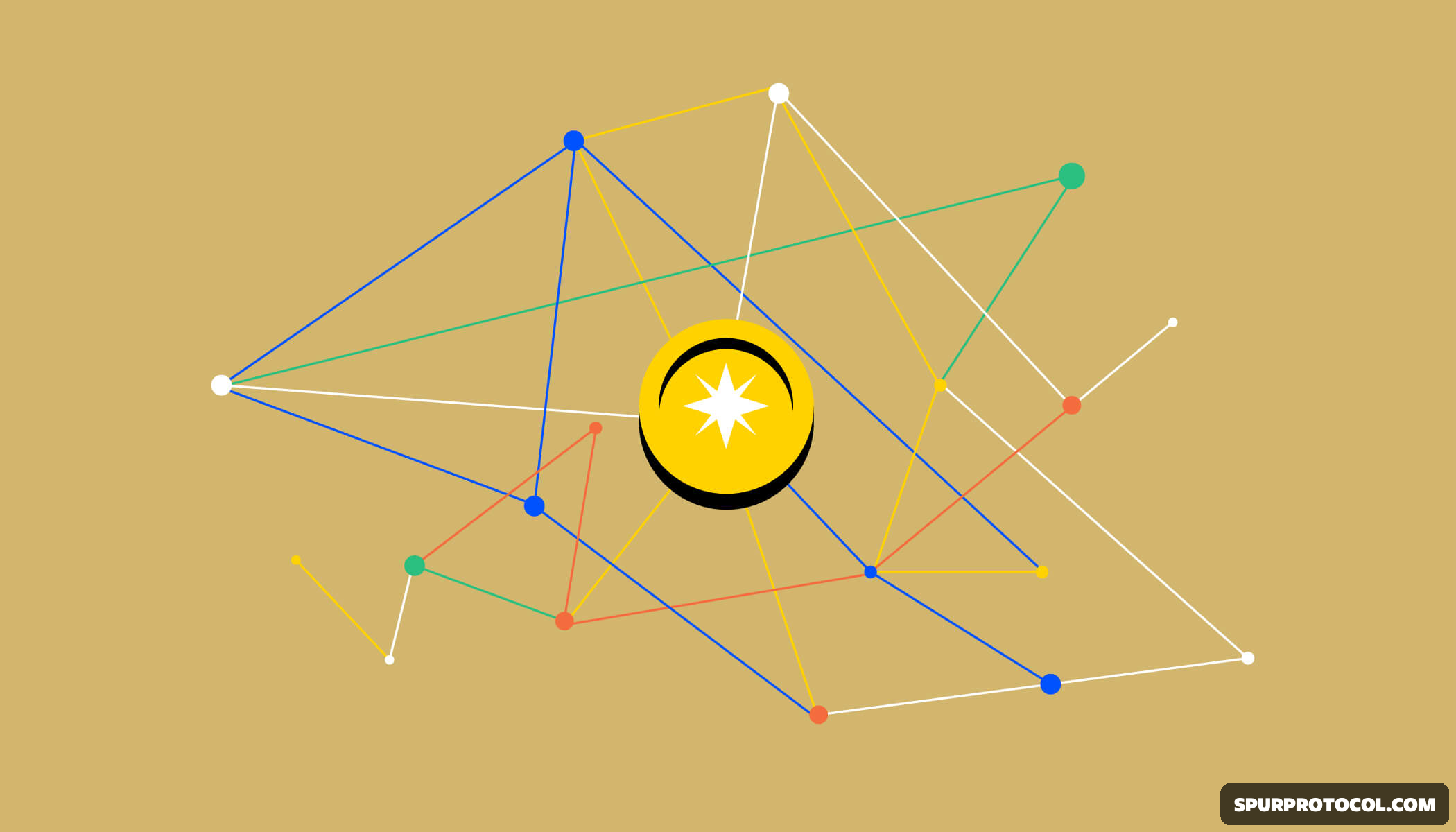What Is Blockchain Interoperability
What you should know about Blockchain interoperability
Go Back

🕒 5:58 AM
📅 Mar 20, 2025
✍️ By KingWasberryBest
Blockchain interoperability refers to the ability of different blockchain networks to communicate, share data, and conduct transactions with each other seamlessly. This enables the creation of a network of interconnected blockchains, fostering a more diverse and robust ecosystem.
Benefits of Blockchain Interoperability
1.Increased liquidity:Interoperability enables the free flow of assets and data between blockchains, increasing liquidity and market efficiency.
2.Improved user experience:Users can interact with multiple blockchains without needing to manage separate accounts, wallets, or identities.
3.Enhanced scalability:Interoperability allows blockchains to leverage each other's strengths, leading to improved scalability and performance.
4.Increased innovation:By enabling the sharing of data and assets, interoperability fosters innovation and collaboration across blockchain ecosystems.
Challenges to Achieving Interoperability
1.Technical differences:Blockchains have distinct architectures, consensus mechanisms, and data formats, making integration challenging.
2.Scalability limitations:Many blockchains face scalability issues, which can be exacerbated when trying to interact with other blockchains.
3.Security concerns:Interoperability increases the attack surface, as vulnerabilities in one blockchain can potentially compromise others.
4.Regulatory uncertainty:The regulatory environment for blockchain interoperability is still evolving and may pose challenges.
Solutions for Achieving Interoperability
1.Cross-chain bridges:These enable the transfer of assets and data between blockchains, often using a third-party bridge network.
2.Sidechains:A sidechain is a separate blockchain that is pegged to a main blockchain, allowing for interoperability between the two.
3.Interoperability protocols:Protocols like Cosmos, Polkadot, and Aion enable interoperability between blockchains by providing a common framework for communication.
4.APIs and data oracles:APIs and data oracles can facilitate communication between blockchains by providing a standardized interface for data exchange.
Real-World Applications of Interoperability
1.Decentralized finance (DeFi):Interoperability enables the creation of decentralized lending, borrowing, and trading platforms that span multiple blockchains.
2.Supply chain management:Interoperability facilitates the tracking and verification of goods across different supply chain blockchains.
3.Gaming:Interoperability enables the creation of decentralized gaming platforms that allow for seamless interactions between different blockchains.
4.Identity verification:Interoperability enables the creation of decentralized identity verification systems that can be used across multiple blockchains.

